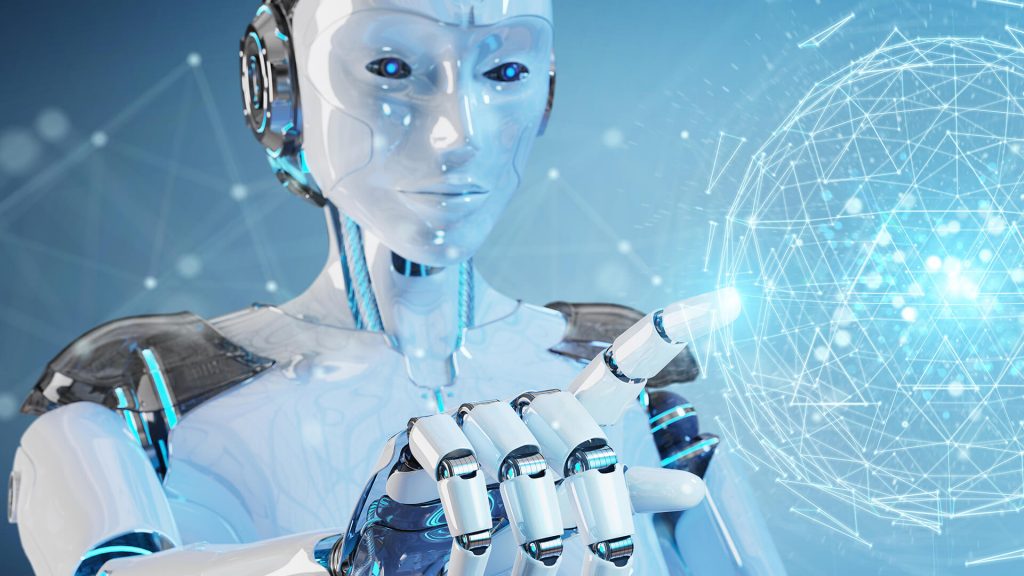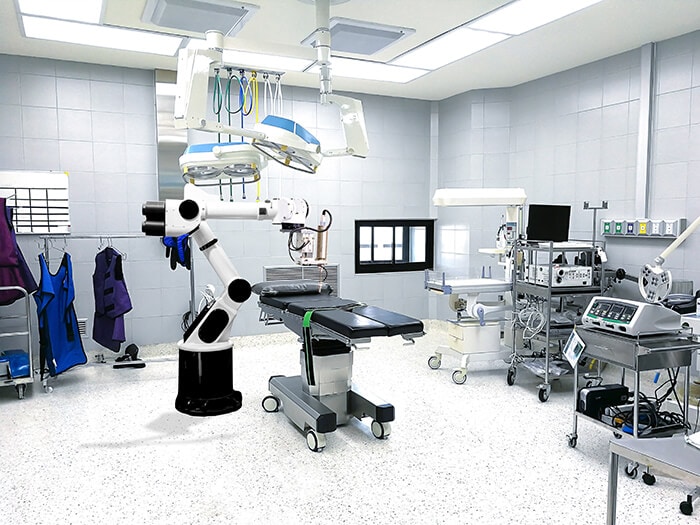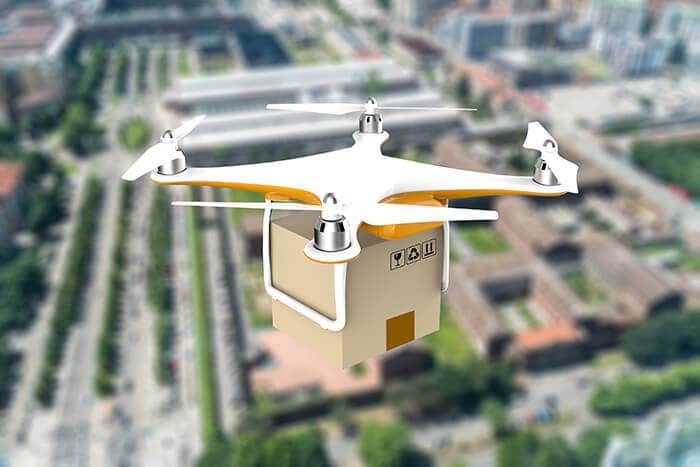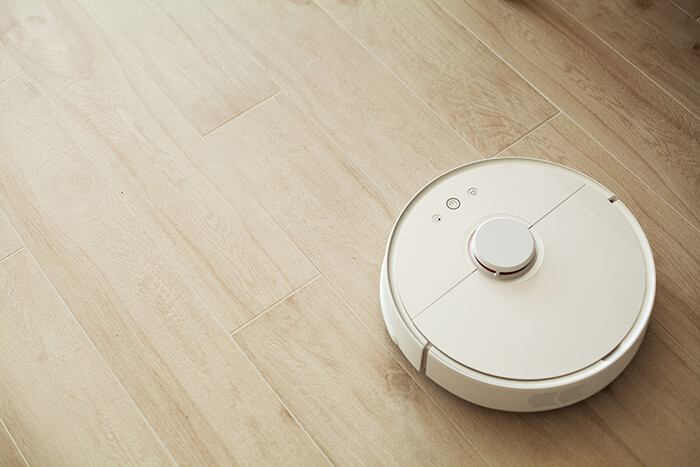
How robotics is the next big thing
In a rapidly changing world, it’s hard to predict where technology will gain traction in different markets and when. It’s worth taking a look at those areas of robotics and automation that are likely to grow in the next few years, in part due to increased demand but also the increasing advances in robotics capabilities. The term robot has been around for about a hundred years now in fiction, but technology often lags behind imagination for obvious reasons – it’s hard to build something you can’t imagine. While we’re still quite a few years away from humanoid multipurpose robots, autonomous robots that can perform specialized tasks well are already here and starting to be deployed around the world. Here are a few industries where those robots and autonomous systems are starting to gain traction.
Healthcare
There are many different uses for robotics and automation in healthcare. Nurses are often monitoring many patients at once, and by giving them additional tools to watch over patients, they can be more effective caregivers. For example, patients who are on a ventilator or have an IV line in can sometimes become disoriented and try to remove the devices themselves. A depth camera with the appropriate software can monitor the movement of a patient and sound an alarm when certain types of movement are detected. The advantage of a depth camera in a system like this is that while it uses a camera, there’s no need to record or transmit the 2d video feed, eliminating privacy concerns. Instead of needing to watch a monitor, the nurse can spend their time caring for patients without the worry that while they are with one, another could be causing themselves harm.

Depth cameras and automated systems are also useful in helping track health progress and outcomes in areas like physical therapy. A patient attending a routine therapist appointment can have degrees of motion accurately measured in multiple different positions. Instead of needing to use measuring devices that can be difficult to use correctly or consistently, or needing to ask a patient to make uncomfortable motions, a depth camera can measure the angle between two joints as the patient moves through a range of motions and then automatically populate software with the correct, easily repeatable information.
Medication and food delivery is another place where robotics can play a vital part, as we recently discussed in our blog post about Pudu robotics. Robots can quickly increase the capacity of a hospital to take over routine tasks, or in places where it may be important to limit person-to-person interaction, a robot can navigate through a hospital to quickly bring medications or other supplies to where they are needed, or deliver food from room to room.
Logistics and Delivery
With more and more people ordering everything from cars and furniture to food and appliances online, many companies are looking to streamline delivery and logistic problems like “last mile” delivery. Robots are getting smarter, more easily able to pick and hold a wide variety of different objects. These pick and place robots can be used in large warehouses to quickly retrieve the right object from a bin of different ones, ready for packaging and shipment.
Box measuring systems can utilize a depth camera to track and measure each box on a pallet of outbound shipments, to automatically catch a box that might be on its way to the wrong truck, or perhaps a missing box. Cumulatively, catching such mistakes before they leave the warehouse can save significant amounts of money and fuel over time, not to mention customer frustration – delivering the right product every time, on time is a much better experience than the one we have all had at some point.

Last mile delivery robots and drones are likely to be another area of growth for robotics in the next few years – imagine a truck arriving to one location in a neighborhood and deploying a fleet of robots or drones to take your delivery to your door. Again, a system like this is much more efficient and cost effective than requiring a driver to go from address to address and then get out of a truck and physically carry your package to you. Of course, in order to be able to cope with changing environments, moving obstacles like people and animals, it’s necessary for robots to be able to quickly and rapidly adapt to the environment with the appropriate degree of autonomy, as you can see in this video below. The robot here scans its environment, plans a path through it and then adapts to obstacles that appear suddenly in front of it.
Without features like this, last mile delivery robots would not be safe or practical, but smarter robots can navigate through unknown and changing spaces in ways that will increasingly become commonplace.
Cleaning and janitorial robotics
One last area of robotics innovation to watch is cleaning and janitorial robots. While home vacuum cleaner robots have been around for some time, those robots too are getting smarter and better, and their industrial counterparts like the floor scrubbers and vacuums from BrainOS and Softbank Robotics enable consistent cleaning and coverage of large spaces, freeing up employees for higher value tasks. Expect to see an increase in robotic window cleaners and other janitorial services in the next few years too, as robots become better able to handle edge cases and more complex shaped objects like sinks, toilets or more.

Conclusion
Robots are still not the science fiction promised companions that we may have been expecting, but intelligent, autonomous specialized robots are here and quickly gaining traction in many different markets. Check out these videos for some of the places you can find Intel RealSense technology in robots today.
Subscribe here to get blog and news updates.
You may also be interested in
“Intel RealSense acts as the eyes of the system, feeding real-world data to the AI brain that powers the MR
In a three-dimensional world, we still spend much of our time creating and consuming two-dimensional content. Most of the screens
